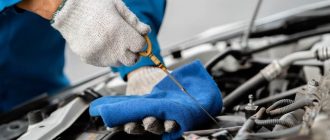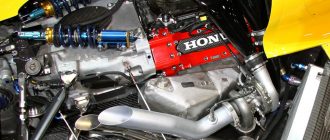What Type of Engineer Builds Cars
Automotive Engineers
Automotive engineers are responsible for the design, development, and testing of vehicles. They work with a variety of materials, including metals, plastics, and composites, to create vehicles that are safe, efficient, and environmentally friendly. Automotive engineers also work with mechanical, electrical, and software engineers to develop the systems that control the vehicle’s operation.
Mechanical Engineers
Mechanical engineers design and build the mechanical components of vehicles, such as the engine, transmission, and suspension. They also work with automotive engineers to develop the overall design of the vehicle. Mechanical engineers typically have a bachelor’s degree in mechanical engineering or a related field.
Electrical Engineers
Electrical engineers design and build the electrical systems of vehicles, such as the wiring, lighting, and battery. They also work with automotive engineers to develop the overall design of the vehicle. Electrical engineers typically have a bachelor’s degree in electrical engineering or a related field.
Software Engineers
Software engineers design and build the software that controls the vehicle’s operation, such as the engine control module and the infotainment system. They also work with automotive engineers to develop the overall design of the vehicle. Software engineers typically have a bachelor’s degree in computer science or a related field.
Other Types of Engineers
In addition to the four main types of engineers listed above, there are a number of other types of engineers who may work on the development of vehicles. These include:
- Materials engineers develop and test the materials used in vehicles.
- Manufacturing engineers develop and implement the processes used to manufacture vehicles.
- Quality engineers ensure that vehicles meet safety and performance standards.
Conclusion
The development of vehicles requires the expertise of a wide range of engineers. These engineers work together to create vehicles that are safe, efficient, and environmentally friendly.




